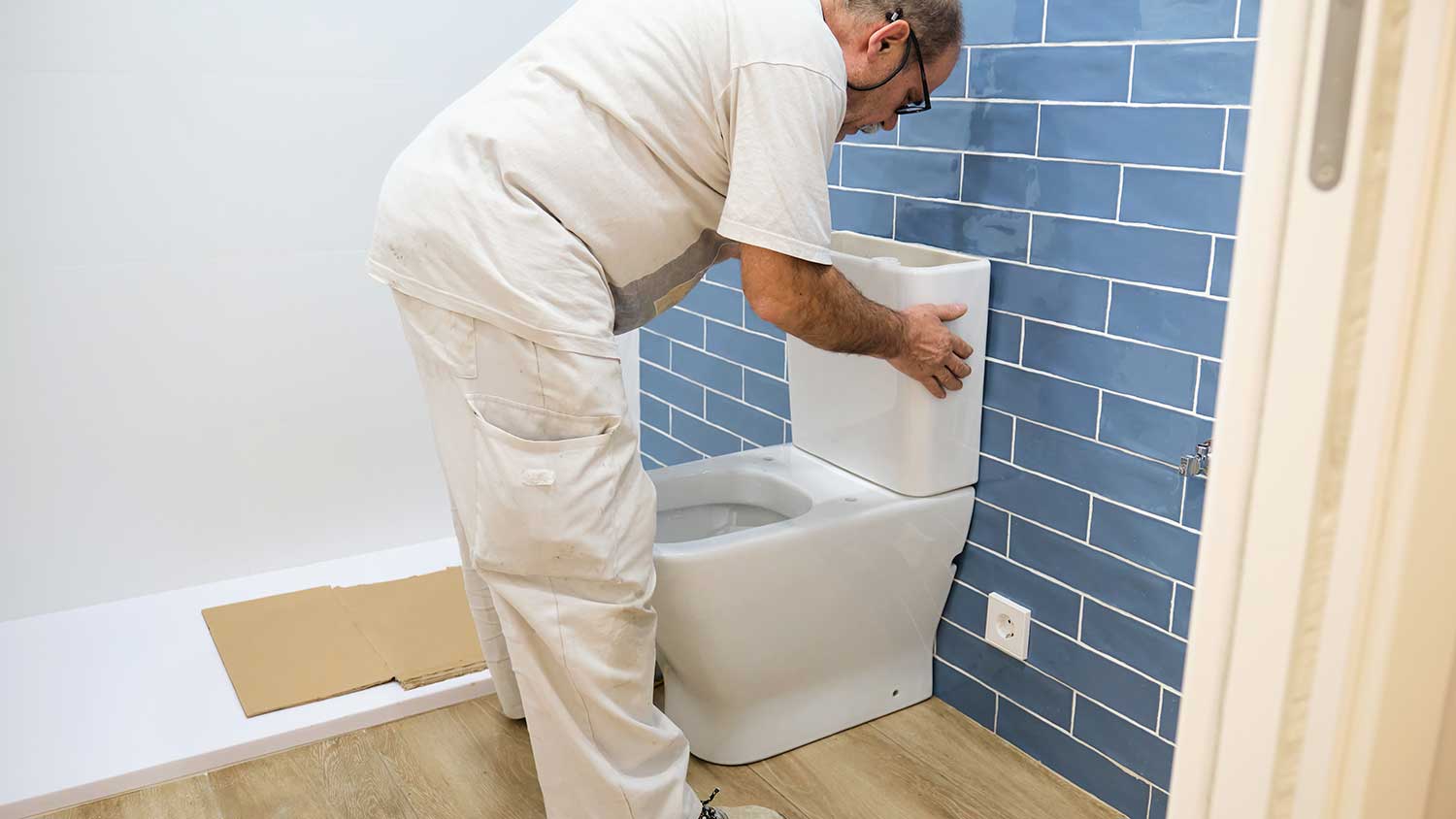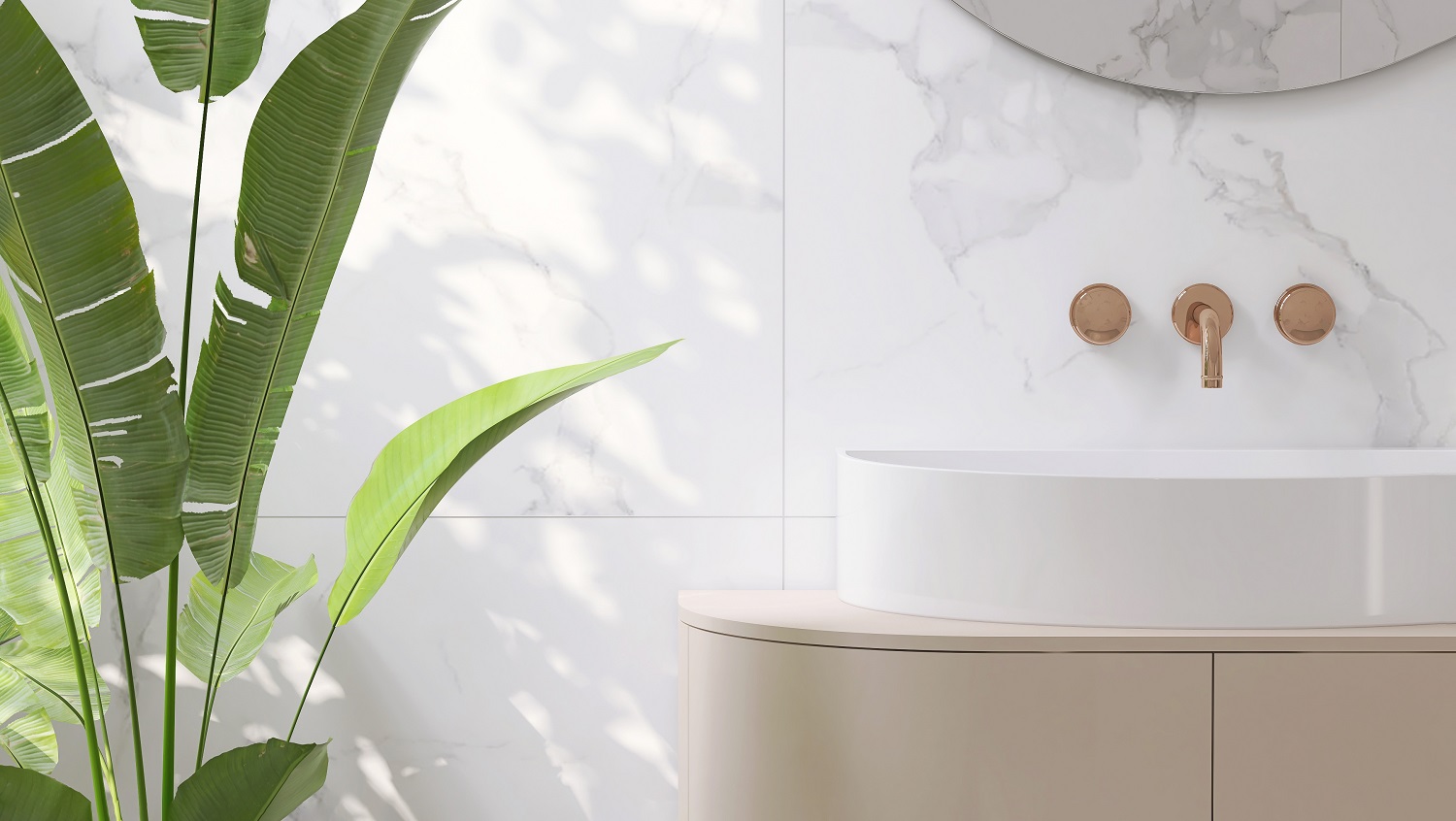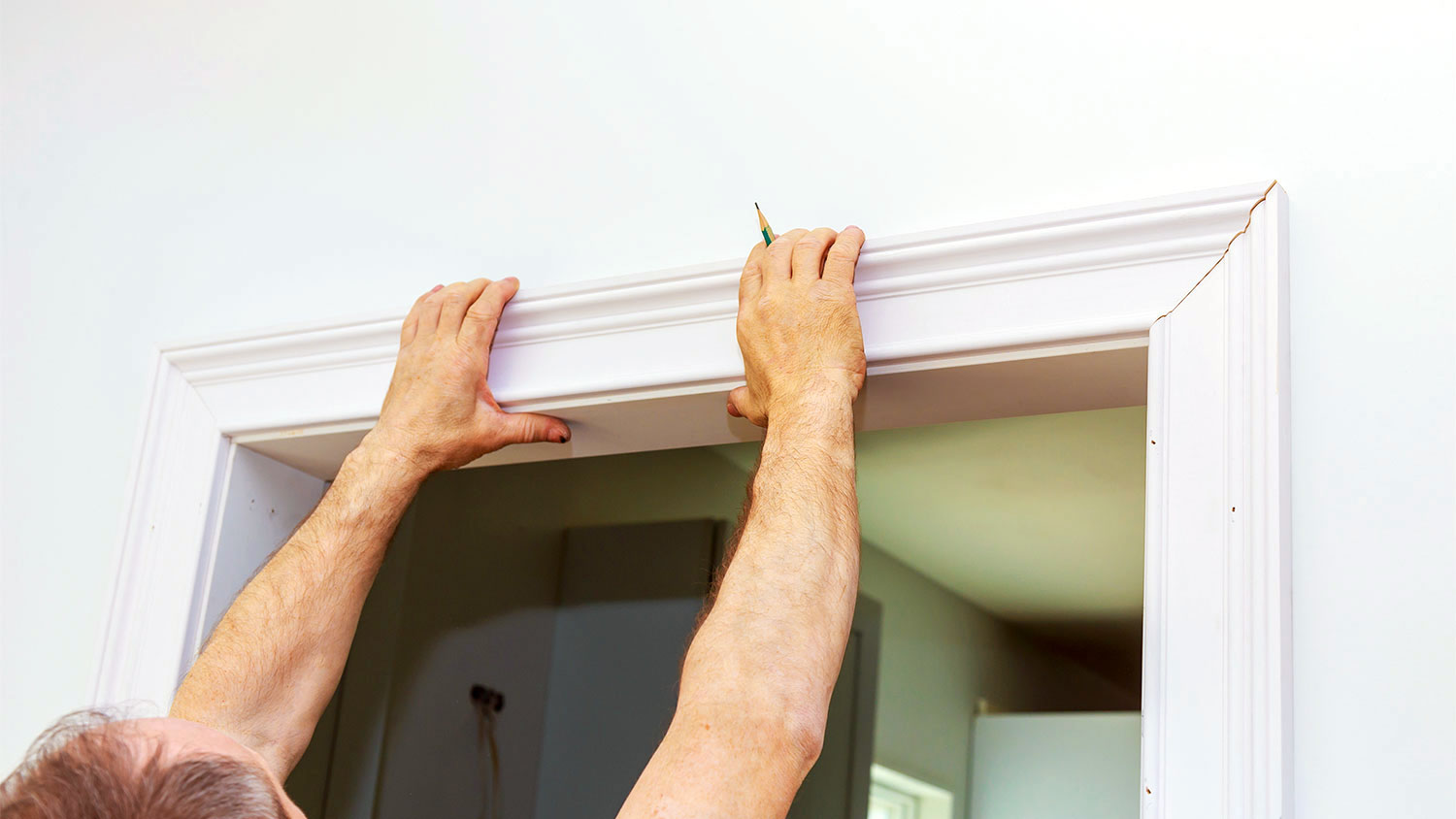
HomeAdvisor’s Bathtub Faucet Repair or Replacement Cost Guide explains how much tub faucets cost. Find out what factors affect the final price.
You should hire a plumber to install your new bathtub


Bathtub installation includes removing the existing tub, setting the new unit, and connecting all necessary plumbing.
Key cost factors include tub size, type, surround, finish, and the need for structural flooring changes.
Hiring a licensed plumber can help prevent leaks, improper fit, or water damage and ensure safe, code-compliant installation.
Proper installation can boost long-term home value by preventing costly repairs that result from installation errors.
Always confirm your installer’s qualifications, licensing, and insurance before starting the project.
This article was created using automation technology and thoroughly fact-checked and edited by HomeAdvisor Editor Ryan Noonan.
When considering who installs bathtubs, it is essential to choose a professional with the right skills and credentials. Plumbers are the primary experts for bathtub installation, thanks to their training, licensing, and ability to handle complex plumbing connections.
Working with a plumber ensures safe installation and compliance with permit requirements. General contractors and handypeople are alternatives, but always verify their experience, licensing, and insurance before hiring.
Hiring a licensed plumber is the most reliable and safest choice for bathtub installation. Plumbers bring technical expertise, specialized tools, and an understanding of local codes to every project. Their training allows them to handle all aspects of plumbing connections, and many provide guarantees for their work, offering homeowners peace of mind.
Here are some of the top benefits of working with a plumber:
Plumbers have specialized tools for bathtub installation
Licensed and trained to work with plumbing systems
Knowledgeable about necessary permits and codes
Can disconnect and reconnect plumbing safely
Ability to troubleshoot and resolve complex plumbing issues
Offer warranties or guarantees on completed work
Efficient and timely project completion
Reduce risk of costly water damage or installation errors
Can handle both tub and surround installation
Expertise in connecting drains, water supply, and overflow
If you’re unsure about handling plumbing connections or want to avoid costly mistakes, you might want to consider hiring a local plumber to ensure the job is done safely and up to code.
General contractors can manage the overall bathtub installation, but a plumber is necessary for the plumbing connections. Using a contractor may save money if they handle demolition and finishing while a plumber completes the technical work. Always ensure any contractor you consider is properly licensed, insured, and experienced. Contractors can offer lower costs and project management expertise, but they may require multiple professionals if they don't handle plumbing.
Handypeople can also install bathtubs, but it is vital to review their qualifications and references. The risks include improper installation, water damage, or costly errors if they lack experience. Ask for recommendations and confirm insurance before hiring a handyperson for this intricate job. They may be more affordable and available, but the risk of installation mistakes and lack of warranties is higher.
A standard bathtub installation by a pro follows a clear set of steps:
The water supply is turned off, and plumbing is disconnected.
The old tub is removed and disposed of.
The new bathtub is set in place, checked for fit and level, and extra support is added as needed.
Drain and overflow connections are installed, and the tub is secured.
Any removed tile or drywall is replaced, plumbing is reconnected, fixtures are installed, and caulking is applied around the edges.
The area is cleaned before completion.
The process takes four to eight hours, and you should clear the bathroom of personal items in advance.
The total cost to install a bathtub ranges from $215 to $14,815, with most homeowners paying between $1,995 and $9,400. Costs fluctuate based on the tub’s size, style, finish, whether a surround is required, and if flooring must be reinforced.
Additional expenses may include disposing of the old tub, which can add a few hundred dollars. While DIY installation could save up to $2,000, the risks of errors and water damage outweigh the savings. Installation takes four to eight hours, but can be longer if plumbing or structural changes are needed.
From average costs to expert advice, get all the answers you need to get your job done.

HomeAdvisor’s Bathtub Faucet Repair or Replacement Cost Guide explains how much tub faucets cost. Find out what factors affect the final price.

Learn about the cost of installing a new toilet, considering factors such as plumbing requirements, toilet brand, and labor rates.

Explore the top factors that affect the cost to install a shower or bathtub liner, including the liner type, material, and labor requirements.

Find who to call to replace a toilet—plumber vs. handyperson—plus steps, timing, and costs. Learn how pros prevent leaks and protect your bathroom

Wondering who installs bathroom vanities? Learn who to hire—handyperson, plumber, or contractor—and how pros get it done.

Find who to hire to replace a door frame. Compare door repair pros vs. handypersons, process, and costs so you hire with confidence.